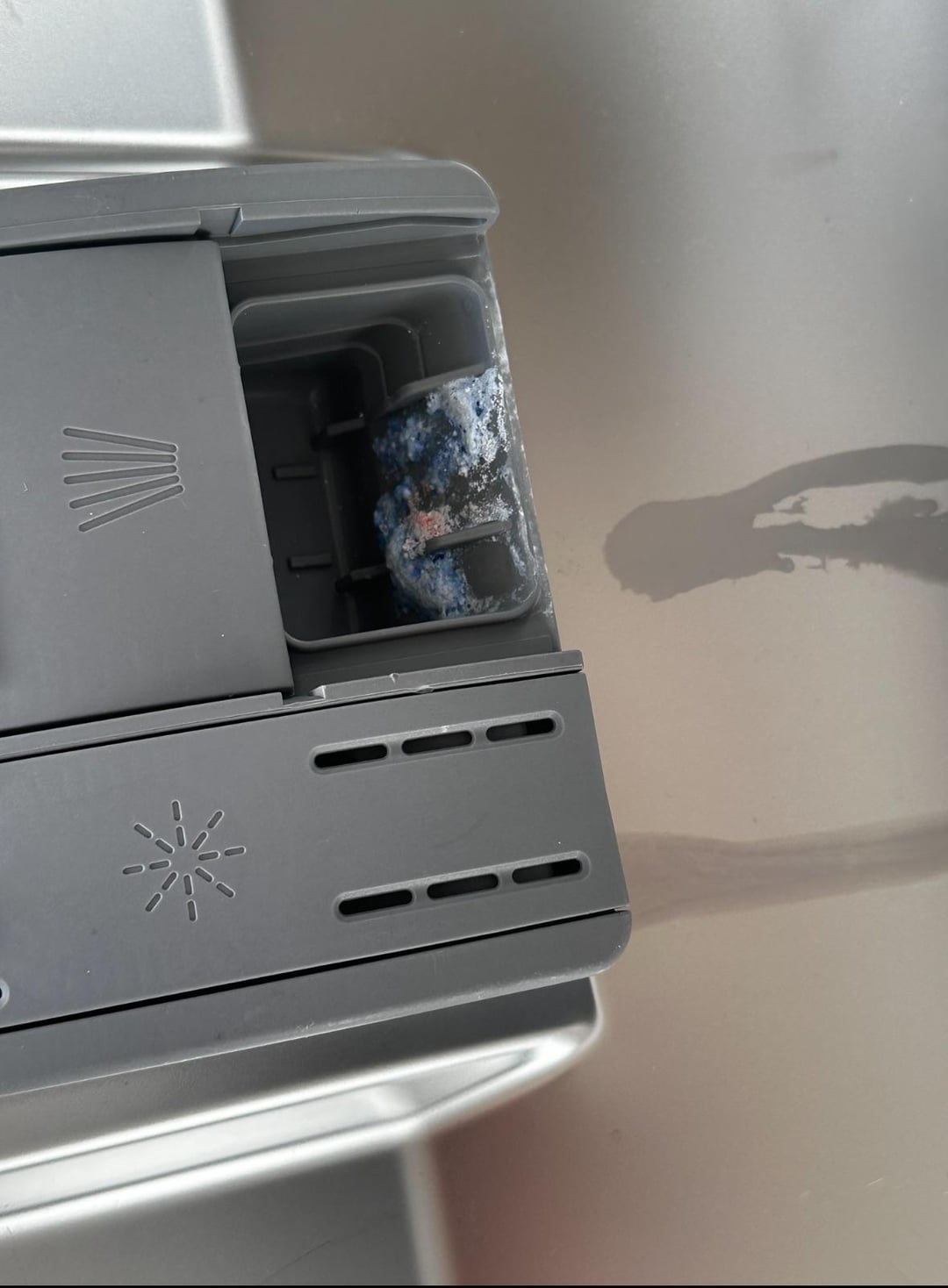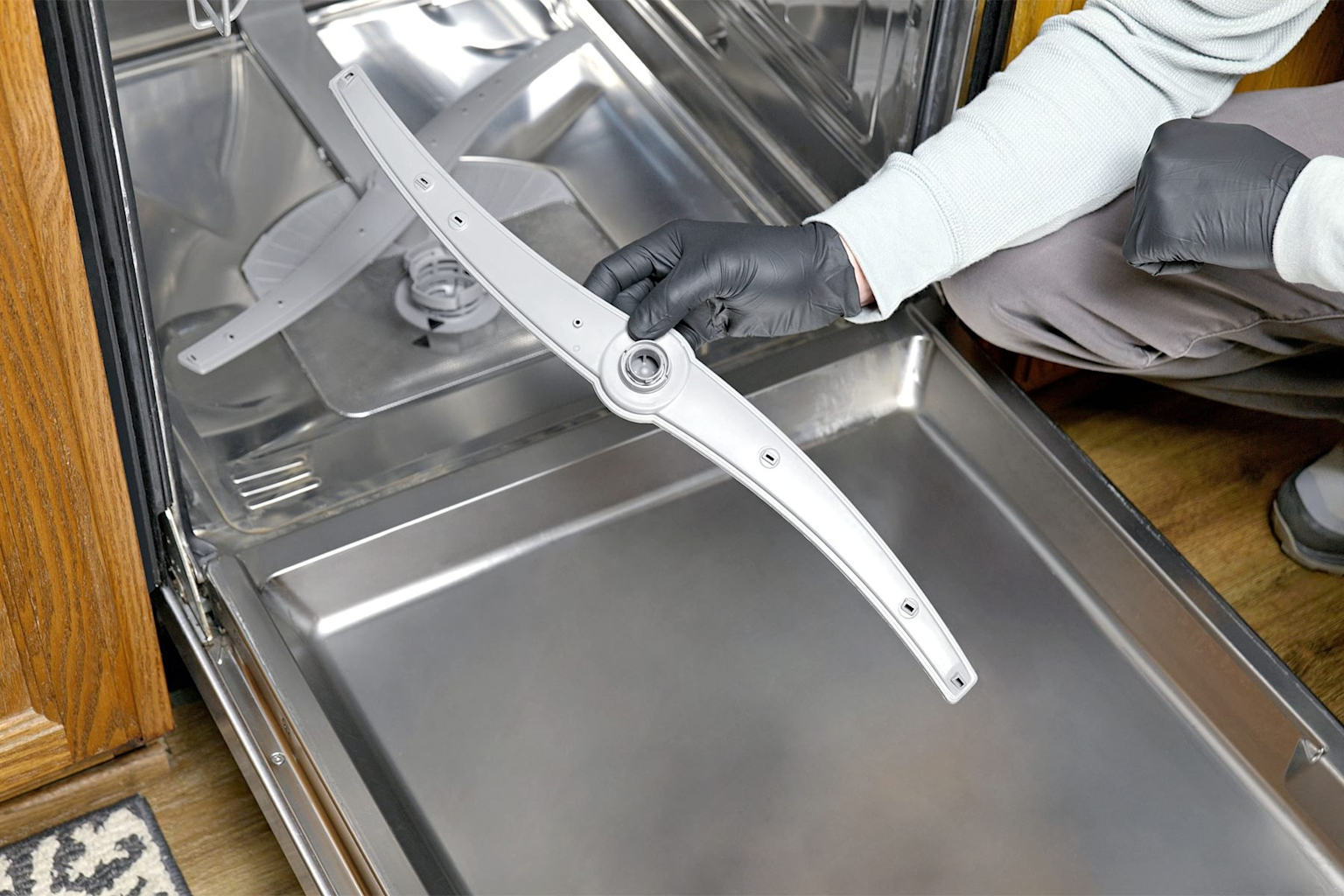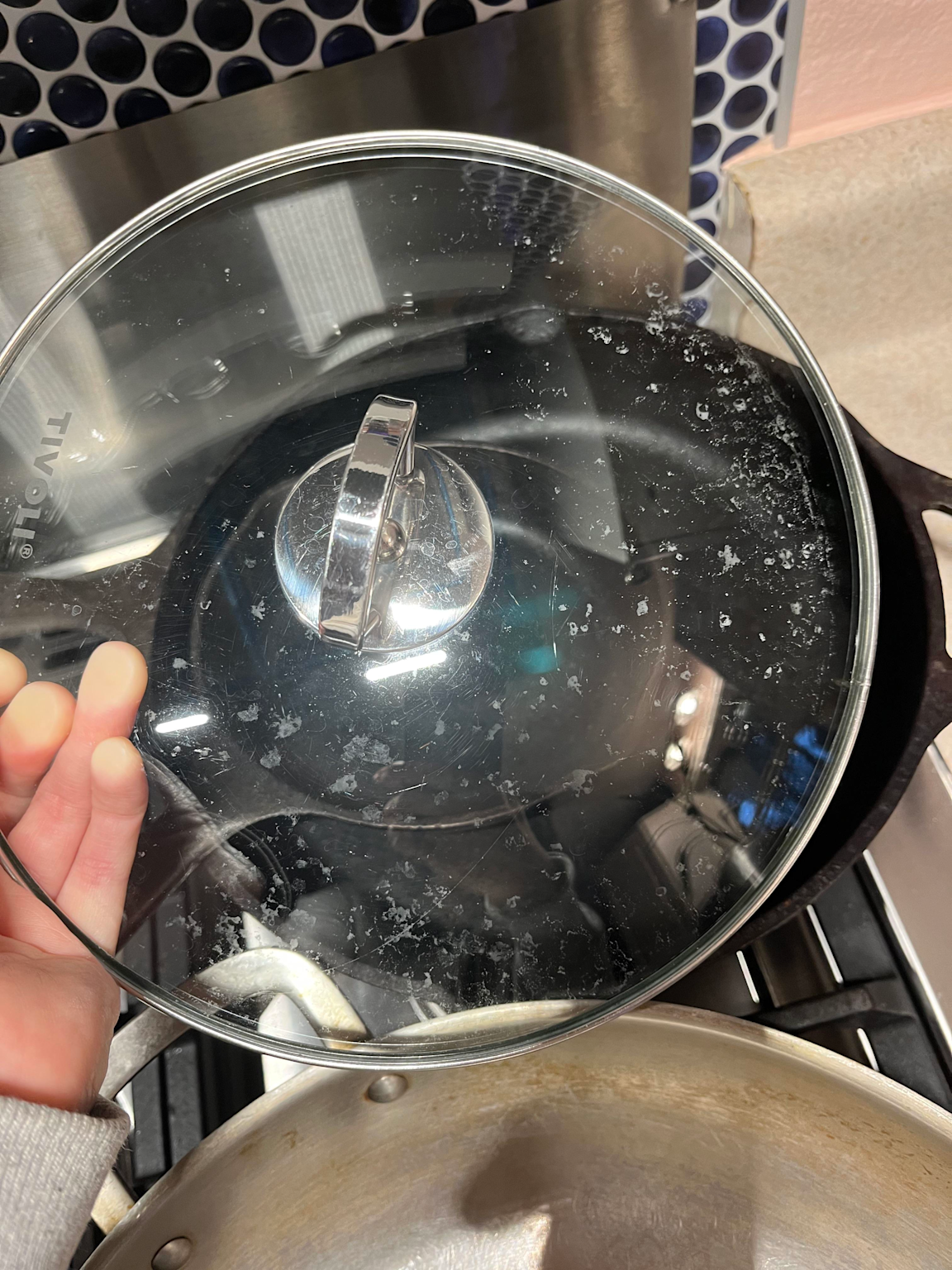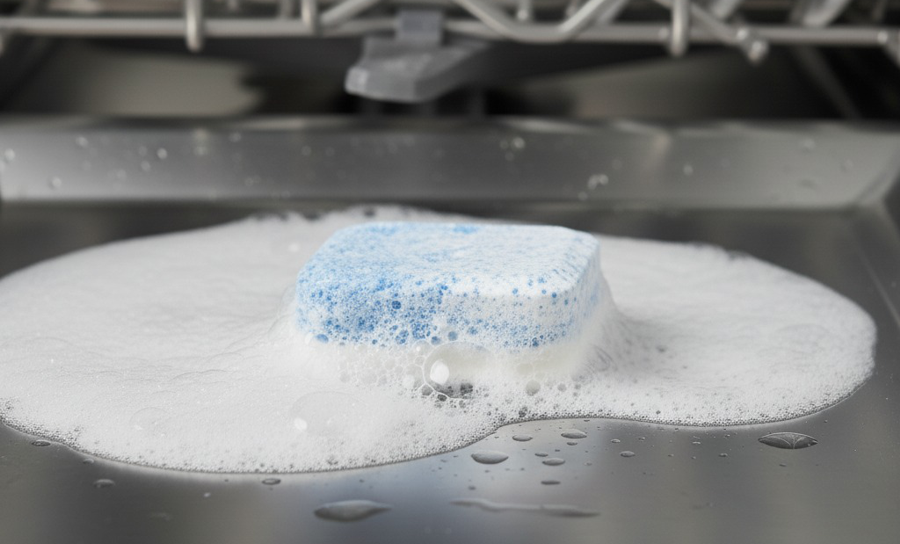The Common Problem That's Driving British Households Barmy
Picture this: you've loaded your dishwasher with last night's Sunday roast remnants, selected your favourite washing programme, and waited patiently for that satisfying beep. But when you open the door, there's that dreaded sight – a half-dissolved tablet sitting in the dispenser like a stubborn guest who won't leave the party. Your supposedly "clean" dishes are sporting a chalky white film, and you're left wondering whether your dishwasher has gone on strike or if you've been sold dodgy detergent.

The good news is that dishwasher tablets failing to dissolve is rarely a sign that your appliance is ready for the scrapheap. More often than not, it's a combination of easily fixable issues that, once addressed, will have your dishwasher performing like new again. Let's roll up our sleeves and get to the bottom of this sudsy mystery.
Understanding How Your Dishwasher Tablet Should Work
Before we start troubleshooting, it helps to understand what should happen during a normal wash cycle. Your dishwasher tablet sits patiently in the detergent dispenser until the right moment arrives – typically 15-20 minutes into the cycle. The dispenser door pops open automatically, releasing the tablet into the hot, swirling water at the bottom of the tub where it should dissolve within minutes, creating the soapy solution that gets pumped through the spray arms to clean your dishes.

When this process goes wrong, you'll typically notice one of three things: the tablet remains completely intact in the dispenser, it's partially dissolved with chunks floating about, or it's left a stubborn residue on your supposedly clean crockery. Each of these scenarios points to different underlying issues.
The Five Most Common Culprits
Water Temperature Too Low
This is far and away the most frequent reason your dishwasher tablets aren't dissolving properly. Modern dishwasher tablets are formulated to dissolve in water between 50-60°C (122-140°F), and if your water isn't reaching these temperatures, the tablet will remain stubbornly intact.
The solution: Check your hot water cylinder temperature – it should be set to at least 60°C. If you're unsure, run your kitchen tap for a couple of minutes and use a cooking thermometer to test the temperature. Many households inadvertently have their hot water set too low for energy-saving reasons, but this can backfire when it comes to effective dishwashing.
Blocked or Faulty Dispenser
If your tablet isn't even leaving the dispenser compartment, the issue is likely mechanical rather than chemical. The dispenser door might be blocked by detergent residue, damaged by wear and tear, or simply obstructed by poorly positioned dishes.
The solution: Remove any visible debris from around the dispenser door and hinges. Check that the spring mechanism still has some bounce to it – if it feels sluggish or sticky, a thorough clean with warm soapy water should sort it out. If the latch appears damaged or the solenoid has failed, you may need to replace the entire dispenser unit.
Poor Water Circulation
Even if the tablet drops into the wash chamber as intended, it won't dissolve properly if there isn't adequate water flow around it. This usually happens when the spray arms are clogged with food debris, limescale, or detergent build-up.

The solution: Remove the bottom dish rack and lift out the lower spray arm – it usually twists or lifts off easily. Hold it up to the light and check each hole for blockages. Use a cocktail stick or thin wire to poke out any debris, then rinse thoroughly under the tap. Don't forget to check the upper spray arms too, as they're equally important for proper water circulation.
Dishwasher Overloading
We've all been guilty of playing "dishwasher Tetris" – trying to cram just one more plate into an already full machine. But overcrowding doesn't just affect cleaning performance; it can also prevent tablets from dissolving by blocking water flow and preventing the dispenser door from opening fully.
The solution: Resist the temptation to overstuff your machine. Properly spaced dishes not only allow better water circulation but also result in superior cleaning. Pay particular attention to ensuring nothing blocks the detergent dispenser – a strategically placed chopping board or large pan can easily prevent the compartment door from opening.
Hard Water Interference
If you live in a hard water area (which covers roughly 60% of UK households, particularly in the South and East), the high mineral content in your water can interfere with how effectively dishwasher tablets dissolve and perform their cleaning action.

The solution: Ensure your dishwasher's built-in water softener is topped up with dishwasher salt – check the indicator light or manually inspect the salt reservoir. Use a rinse aid to help prevent water spots and improve drying. Consider switching to a premium tablet specifically formulated for hard water areas, as these contain additional water-softening agents.
Step-by-Step Troubleshooting Guide
When faced with persistently undissolved tablets, work through these steps systematically:
1. Temperature Test: Run hot water at your kitchen sink until steaming, then immediately start a high-temperature dishwasher cycle. If this solves the problem, your water temperature was the issue.
2. Dispenser Inspection: Open the detergent compartment and check for damage, blockages, or residue build-up. Clean thoroughly with warm water and ensure the door opens and closes smoothly.
3. Spray Arm Maintenance: Remove and clean all spray arms, checking each hole for blockages. This is often the forgotten step that makes all the difference.
4. Loading Assessment: Review how you've loaded the dishwasher. Are items too close together? Is anything blocking the dispenser or spray arms? Make adjustments and run another cycle.
5. Water Quality Check: If you're in a hard water area, ensure you're using dishwasher salt and rinse aid regularly. Consider switching to a more powerful tablet designed for hard water.
Prevention: Keeping Your Dishwasher in Peak Condition
Once you've resolved the immediate problem, these maintenance habits will prevent future tablet troubles:
Monthly Deep Clean: Run an empty cycle with 200ml of white vinegar in a dishwasher-safe bowl on the top rack, followed by a hot cycle with a handful of bicarbonate of soda sprinkled in the bottom. This removes limescale and detergent build-up.
Regular Filter Maintenance: Most modern dishwashers have a removable filter at the bottom. Clean this weekly by rinsing under hot water and scrubbing gently with an old toothbrush.
Salt and Rinse Aid Monitoring: Check these levels monthly. Most dishwashers have indicator lights, but if yours doesn't, peek into the reservoirs occasionally. Proper levels are crucial for optimal performance in hard water areas.
Spray Arm Attention: Give your spray arms a thorough clean every few months, or whenever you notice reduced cleaning performance. It's a simple job that yields impressive results.
When to Call in the Professionals
While most tablet dissolution issues are easily resolved with the steps above, occasionally the problem runs deeper. Consider calling a qualified repair technician if:
- The water inlet valve is faulty (you'll notice insufficient water in the tub after starting a cycle)
- The heating element has failed (water remains cold throughout the cycle)
- The wash pump motor isn't working properly (poor water circulation despite clean spray arms)
- The electronic control module is malfunctioning (dispenser timing issues)
